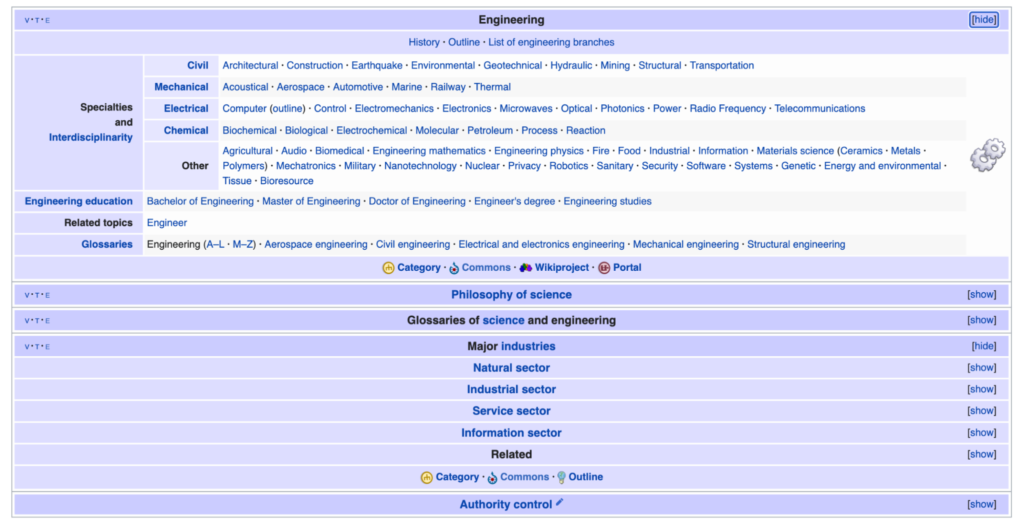SEO is always important but it isn’t managed the same year to year. Search engines, analytics, and user intent all change. If we don’t change with them, we’re left in the dust, trying hard to figure out why our lovely data charts took a nosedive.

Table of Contents
To help you avoid this situation, we have a comprehensive guide to the biggest SEO tips we’ve learned this year and what we’re planning for in 2023.
SEO is easy to understand but hard to execute
Search engine optimization isn’t a difficult concept to grasp, but executing it successfully is another matter entirely. Here are a few tips to help keep you organized.
- Prioritize based on what is impactful not on what is important. When you’re in charge of SEO, everything feels important. If this is how you try to prioritize tasks, you’re going to wind yourself into a ball. Instead, focus on what you can do that will have the most impact on your business. Then rank those tasks based on effort level and expected return. Anything with a high impact and low effort should be tackled first.
- Figure out what your competitors are doing better than you, and prioritize improvement in that area. While SEO is changing, the three main SEO components are the same: on-site or technical SEO, content, and backlinks. Gather data and analytics on each one and compare your results to your competitors. Where are you ranking below average? This is where focused efforts can make a big difference. Just be sure that you don’t neglect your best component while you work to improve your weakest link.
- Test as you go. If you update existing content or part of your website, you want concrete proof that the changes either improved organic search performance or made no difference. Continuously review analytics and study trends. This will help you determine what is worth your time and effort and what can be removed from your list.
Work with all teams
It’s important to step outside of your SEO zone and check in with the other teams in your company. This includes customer relationship teams, marketing teams, analytics teams, and executives. Communicating and strategizing with these teams gives you deeper insight into how to design impactful SEO campaigns. Find out what metrics these teams care about and how they measure success, and then tie your SEO priorities into those values. Not only will this help boost brand awareness and conversions, but it will also strengthen team bonds.

If you’re having difficulty getting buy-in from those in charge, it’s time to change how you’re presenting your strategies. Once again, working with all teams from the beginning will help here. This teamwork will tell you how to best communicate. What stories will resonate? What screenshots will display success? What should you prioritize to increase impact? Don’t be afraid to ask questions and address potential complications. Be honest about the range of results that are possible, and always thank everyone for their contributions.
Localized landing pages are popular
If you have multiple locations, now is a good time to create local landing pages and connect with your customers on common ground from the get-go. We’ve heard several experts talk about this, so it’s definitely on companies’ radars.
As you work on this, remember that while each landing page might be similar, each one should also offer unique value.
- Each page might include:
- Location
- The service or products you provide at that location
- Your hours
- Contact information
- Photos
- Reviews
- FAQs
- But each page should also be hyperlocal and include:
- Specials or coupons for that store
- Geo-specific keywords
- Highlighted services or products that are popular in that locale
- Content addressing specific seasonal or locational issues, if they exist
Focus on creating the best page possible, one that speaks directly to your audience.
Keyword research should support topic selection

How many spreadsheets do you have with lists of 50-500 target keywords? What do you do with these lists? Do you throw keywords on website pages and in ads? Or do you use them to strategically support content that your customers want?
It’s pretty obvious what the better answer is, isn’t it? The point here isn’t that keywords are bad, but that we need to be better at how we utilize them while minimizing the amount of time we spend scrolling through our lists.
To improve here, the first thing to do is to define your ideal audiences and your most profitable services. What questions are asked and answered when you communicate with these audiences? In other words, what questions are tied to conversions? This is a great starting point for content topics.
Once you have these topics, cluster your keywords together so that they all fall under one or more topics. This will help you move from one list of 150+ keywords to maybe 12 lists, each with 10-50 keywords. Now you can more easily plan content and track keyword rankings.
Backlinks should arise “effortlessly” thanks to effective content

Obviously “effortlessly” is misleading here since a lot of effort goes into effective content creation, but that’s the point: your time and energy should be spent on the content side, not on constantly asking for backlinks. After all, if your competitors have 100 more linking domains than you, how long is it going to take you to catch up? 100 hours? More? In comparison, how long will it take you to create link-worthy content that people will want to link to even without being asked?
To this end, focus the majority of your content ideas on topics that are reusable and evergreen. This will drive people to want to link to you repeatedly.
Don’t forget to market your content - and other content tips
Your content isn’t set free once it’s published. If you want it to significantly drive traffic, brand awareness, and conversions, you have to market it. This goes beyond sharing a social media post on the day you publish it. Check back in periodically – 6-12 month intervals work well – and see how it’s held up. Could it use new quotes, images, or videos? Can you update any of the takeaways or research included? Can you tweak the title?
If yes, do so, and then republish and reshare. Even evergreen content can be updated like this. It often doesn’t take long and can have surprising search results.
Other content tips:
- Whether or not content is seen as useful is determined by your audience – make sure you know your audience’s needs and create solutions that meet those needs.
- When defining your ideal audience, think outside the “buyer box” and also focus on reporters, podcasters, bloggers, employees, peers, etc. Any of these people can help boost brand awareness. If you create content that helps them, they will want to talk about it and share it.
- If you want to look somewhere other than Google’s related searches for topic ideas, check out Wikipedia. There are often related topics listed at the bottom of an article

- Identify your audience, their pain points, your solutions, and relevant keywords/topics
- Every piece of content you create should be obviously matched to an audience, pain point, and solution
- Never assume that you know why a piece of content was successful. If you want to understand your own work and that of your competitors, make sure to ask and answer questions such as:
- What topic did we cover? Was that topic trending? Did we know that was going to happen or was it luck?
- What emotions did we invoke with our title? What about with the content overall? Do we think people still feel this way about this topic?
- Was success due only to our marketing, or did we get a lot of coverage from other sources? Was that due to our outreach or did it happen organically?
2023 and Google Analytics 4
The reign of Universal Analytics is at an end and the time of Google Analytics 4 (GA4) is nigh. Here’s what you need to know.
Why the change?
Universal Analytics (UA), the current Google Analytics platform, has been around since 2012. Due to increasing concerns around privacy and security, especially once Europe released the General Data Protection Regulation, Google set out to make changes and rolled out GA4 in October 2020.
In March 2022, Google announced that UA will stop collecting new data as of July 1, 2023.
When should I switch to GA4?
The sooner the better. Data will not migrate from UA to GA4 and, as anyone on your analytics team will tell you, having at least a few months of historical data is incredibly important when it comes to tracking performance, reviewing SEO audits, and more.
What are some of the changes?
While there are quite a few, here are some highlights:
- IP addresses are no longer collected or stored
- There is an option to turn off location-specific data and ad personalization based on country
- If you have two or more websites, or a website and an app, you can see how your visitors interact with all properties in one place
- GA4 replaces UA’s Behavior with Engagement – it covers most of the same factors
- User acquisition and traffic acquisition are split into different reports
- GA4 measures engaged sessions, which are defined as sessions that lasted longer than 10 seconds, or had a conversion event, or had two or more screen or pageviews
- You have the option to collect pageviews, downloads, outbound clicks, video engagement, and scrolls, in addition to any personal conditions and parameters you set
- Custom reports can be created and added to your navigation panel
For more information, and for some fun, here is a Google support article with links to demo accounts – actual GA4 accounts – that you can play with and test.

Some things will never go out of style. These are the SEO tips that you should always pay attention to:
- Regularly perform an SEO audit and see if you have any problems. This can include crawling errors, broken links, and slow loading times
- Include keywords in your title tags, meta descriptions, header tags, and URLs
- Create content that is well-organized and highly readable
- Make sure your content answers users’ search intent
- Include internal links where relevant to help readers navigate your site and to help Google crawl your pages
- Monitor SEO all the time – while it takes time to see improvements, it can come crashing down in an instant
If you’d like to learn more about SEO, drop us a line. We are always here to help.



